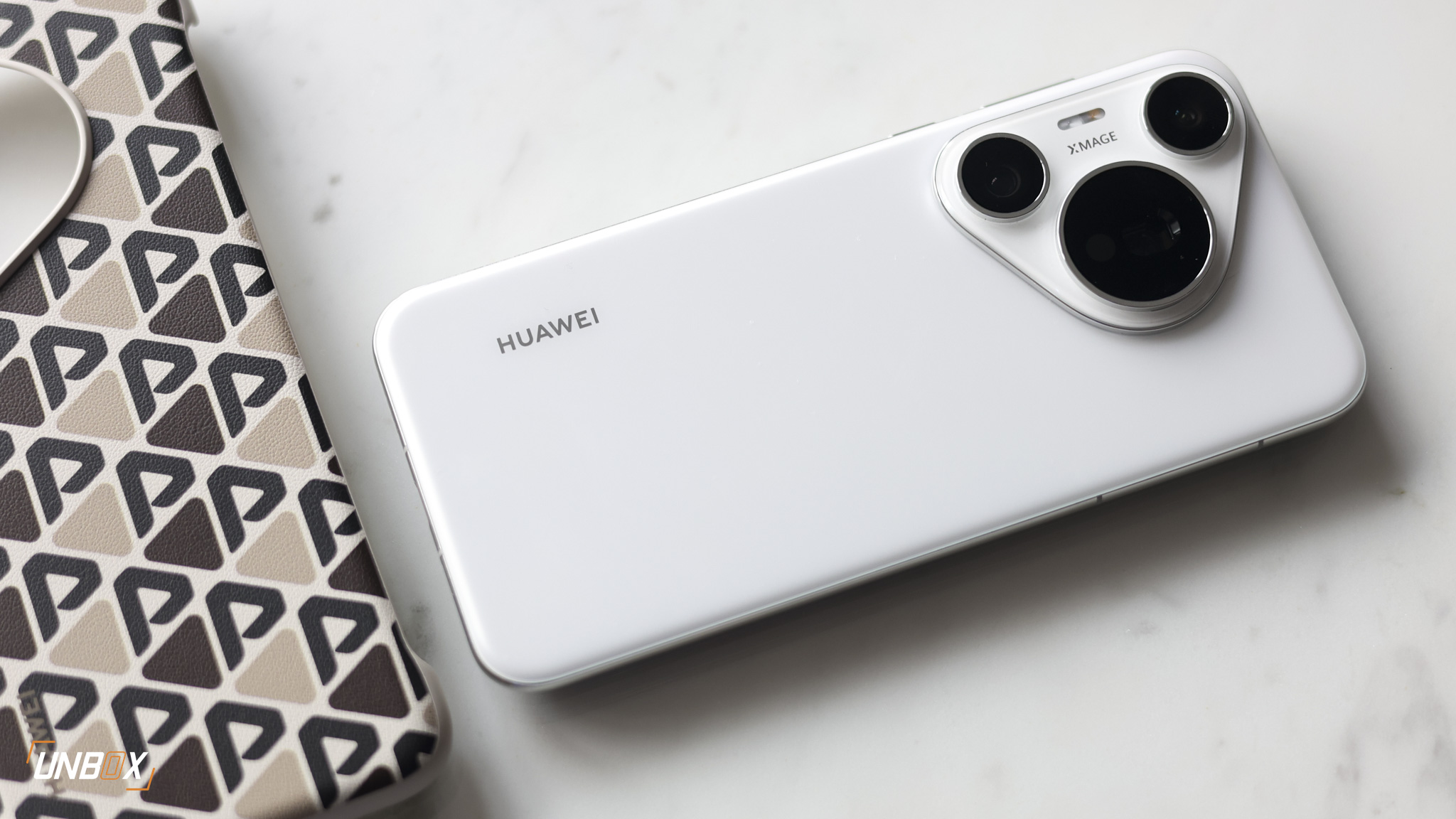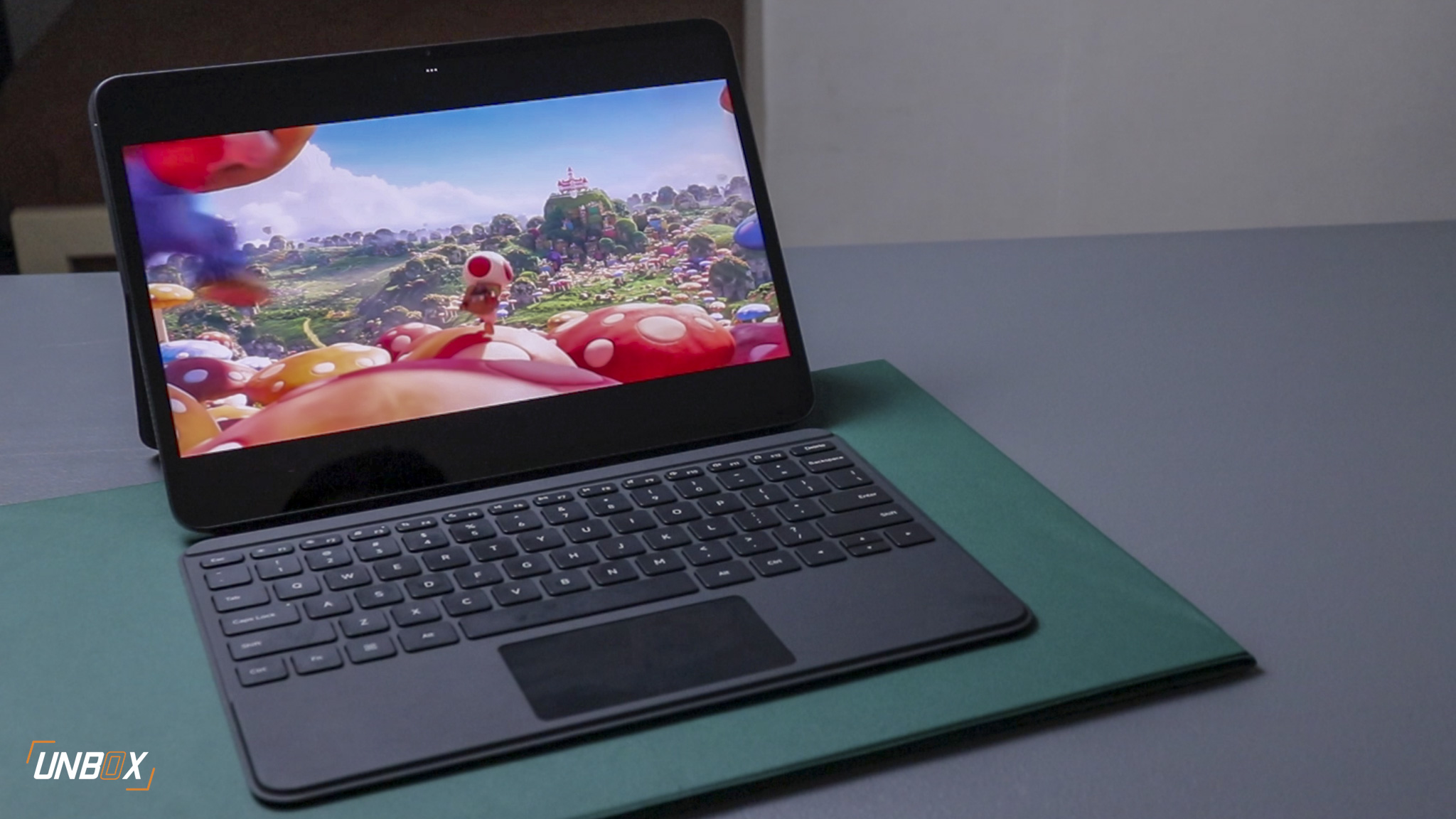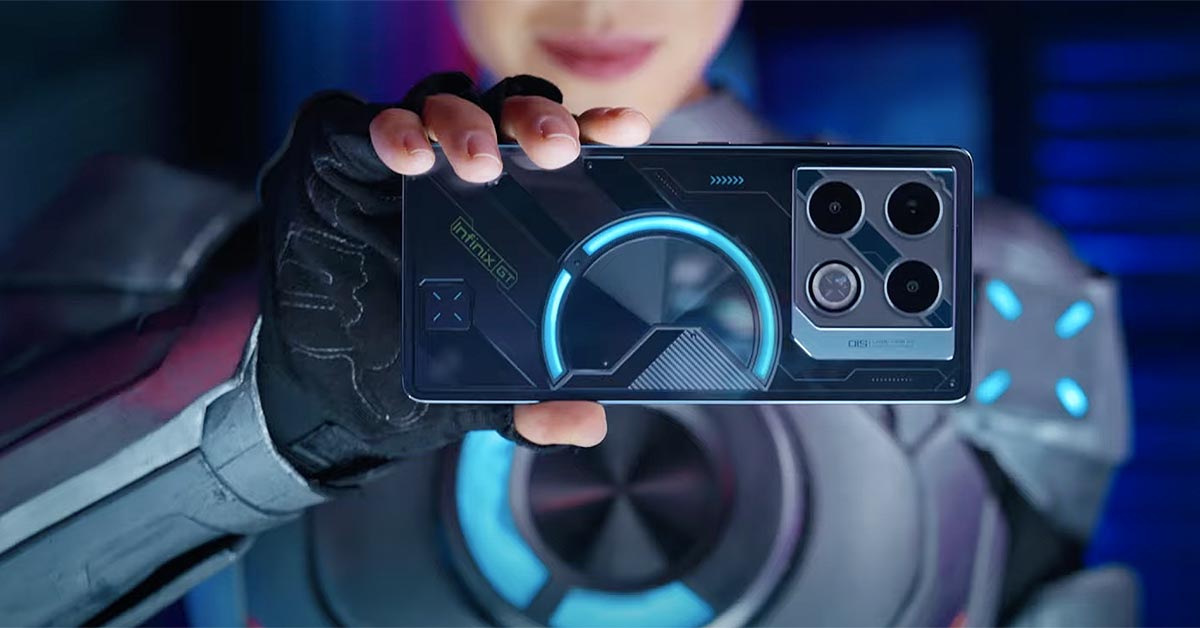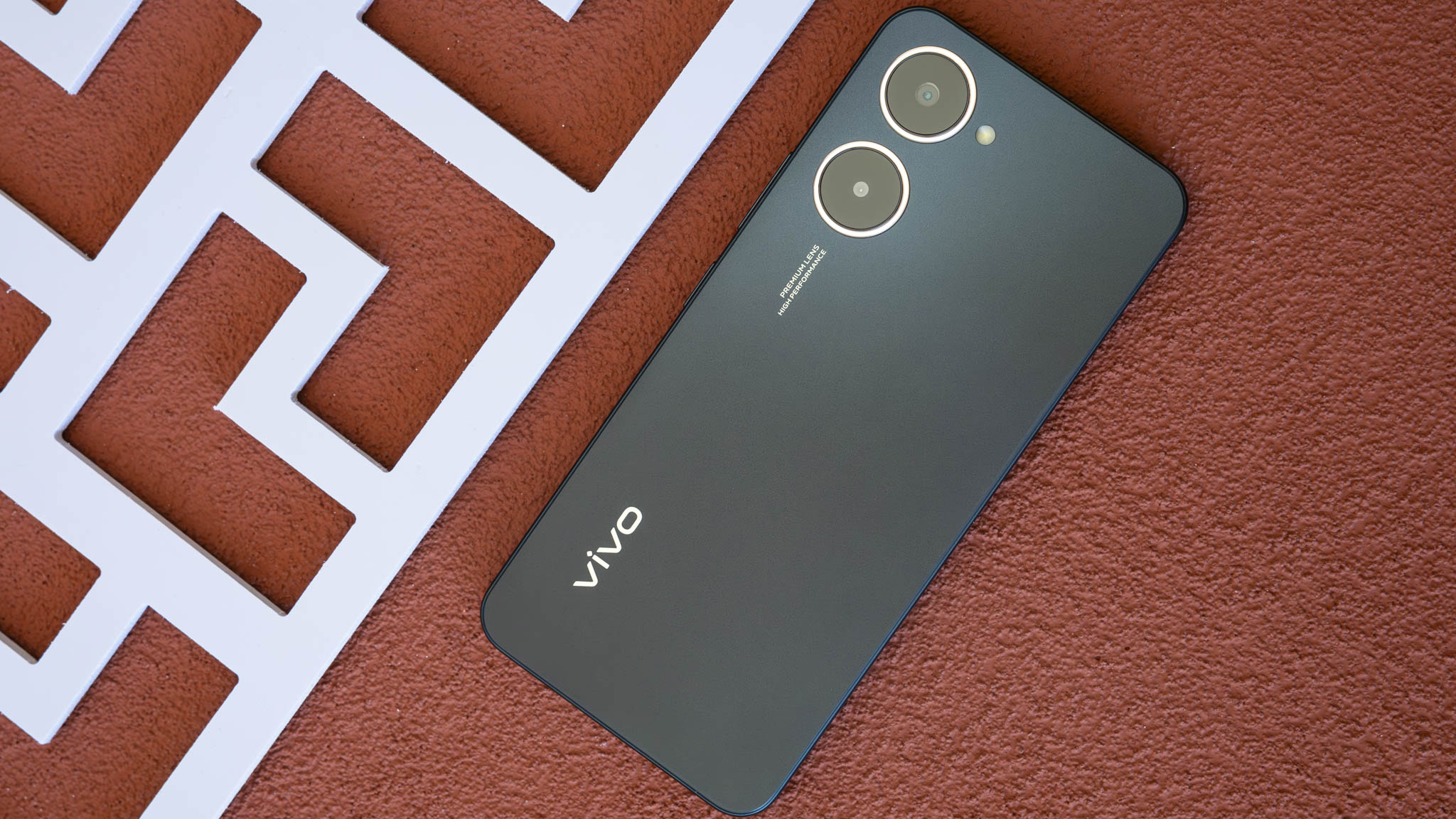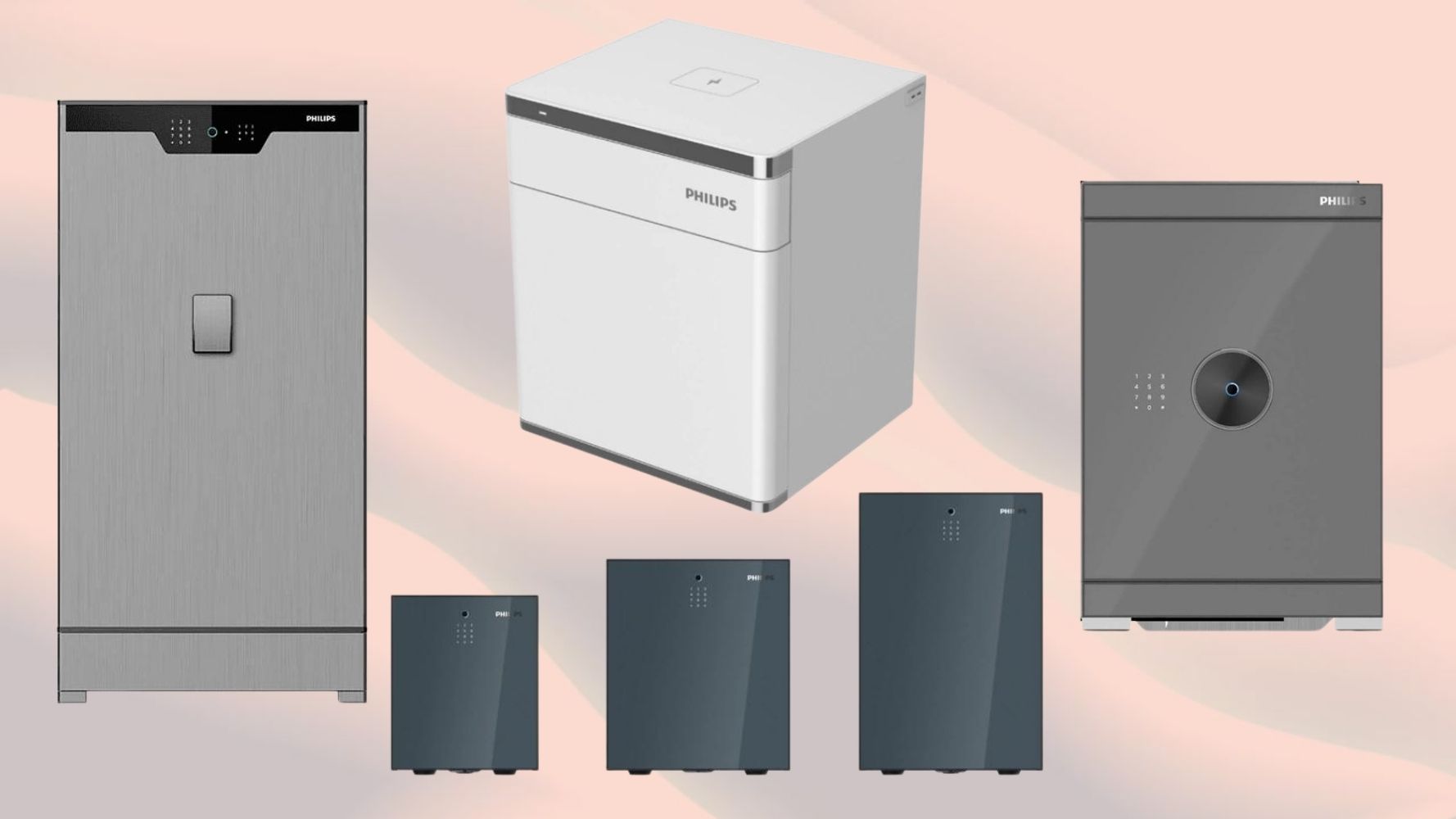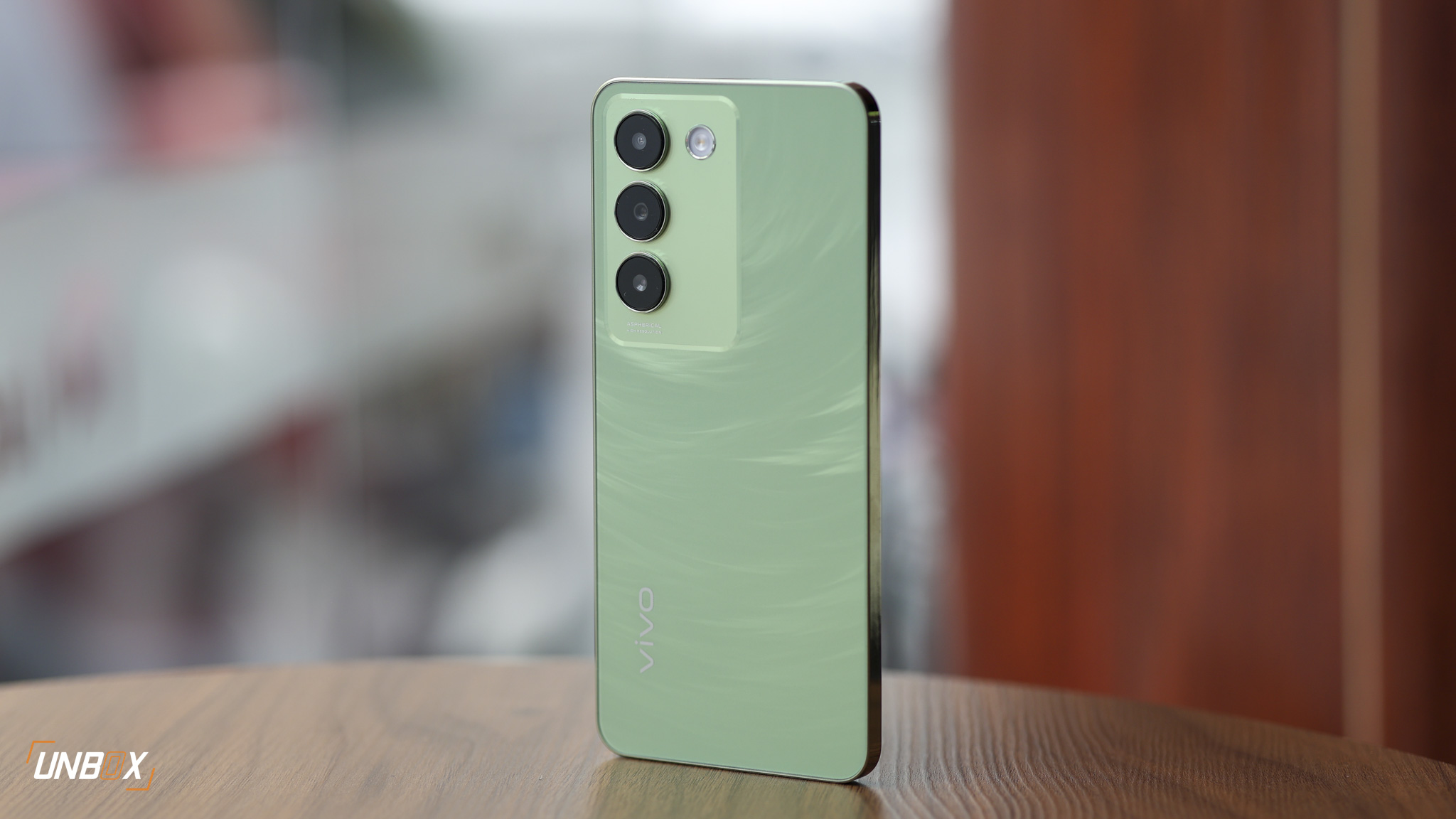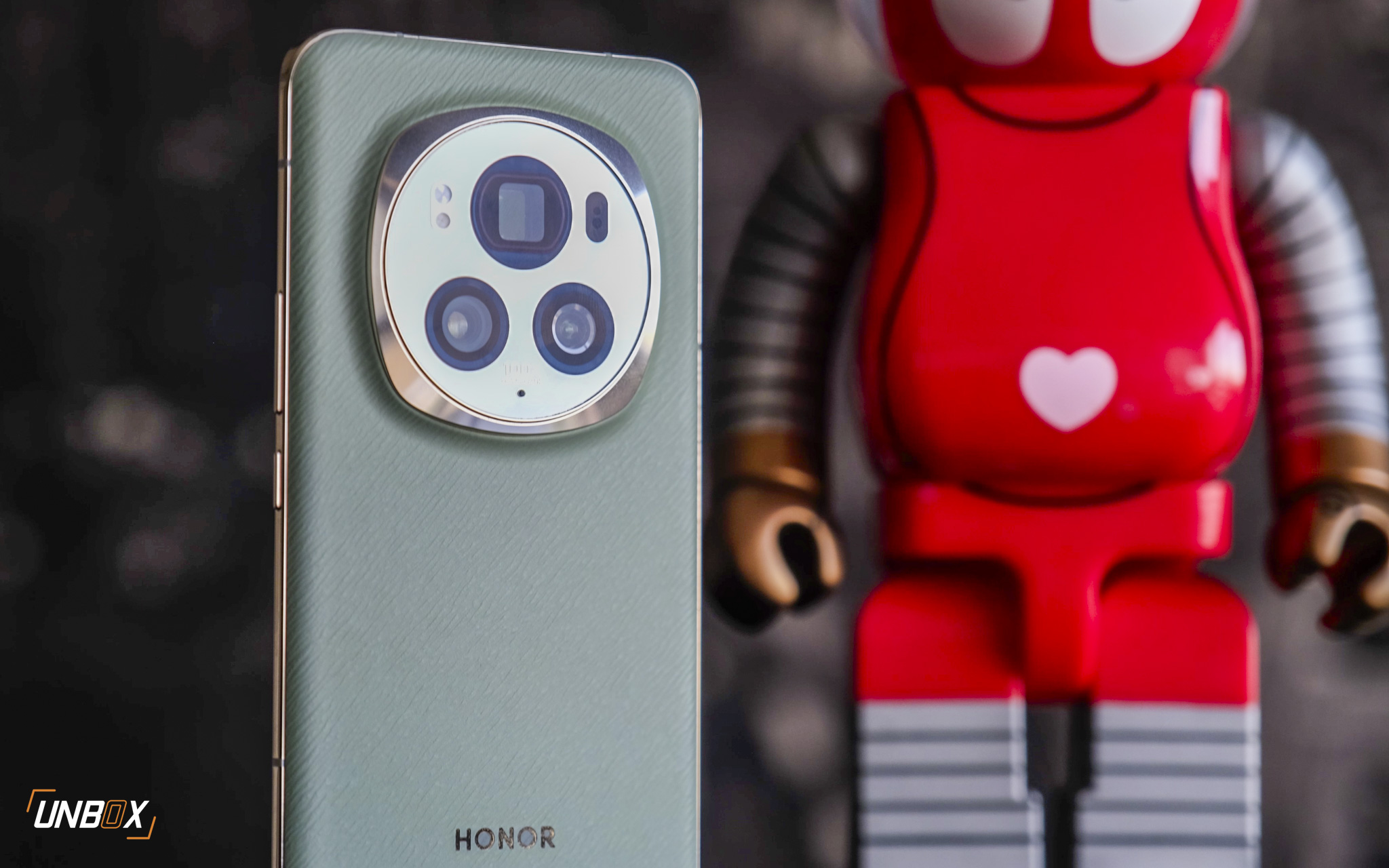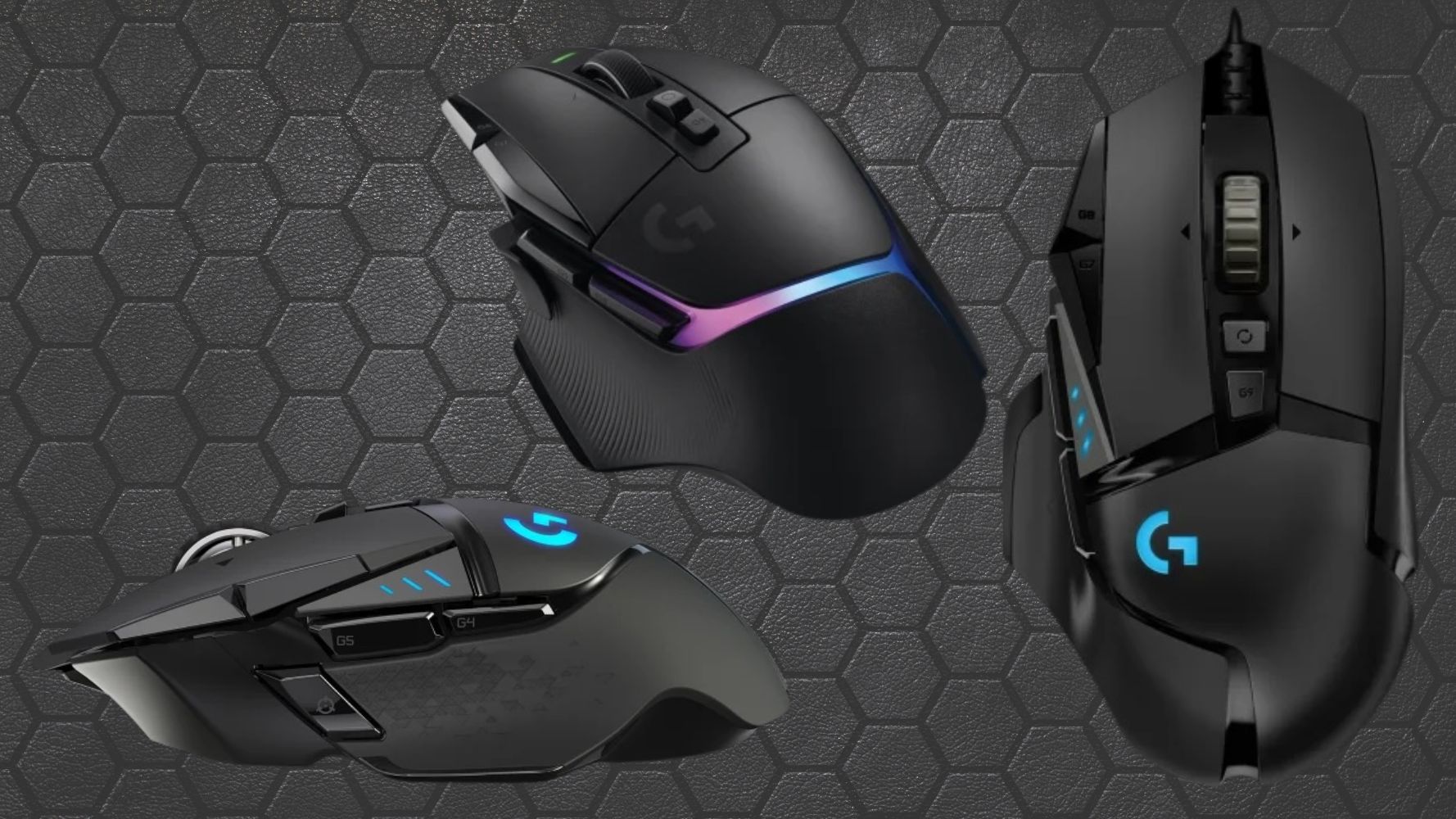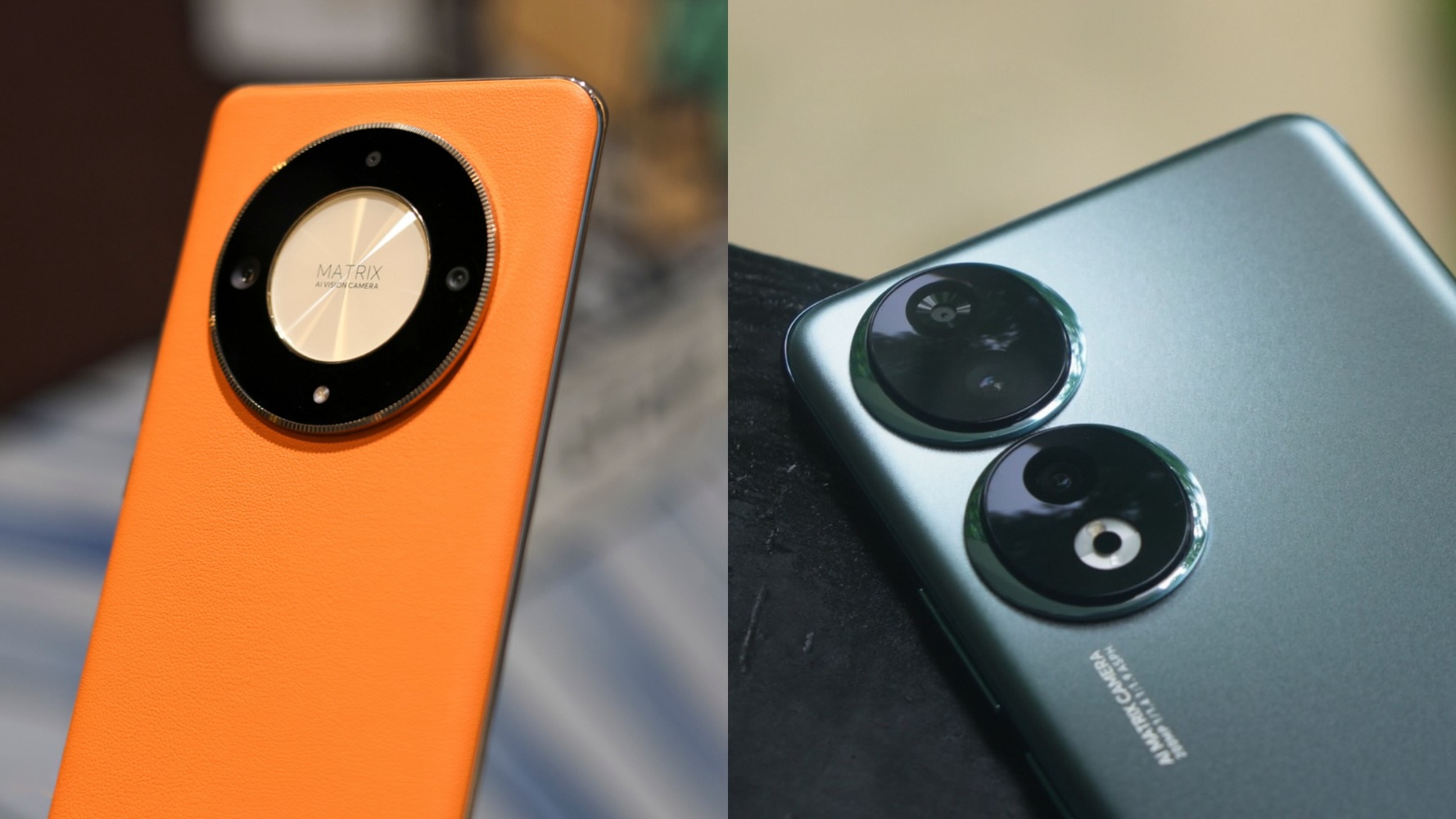With GPU prices and other PC components getting more expensive than ever, cloud gaming is being eyed as the future of gaming. The idea of cloud gaming has been there for several years, yet there’s no official cloud gaming service here in the Philippines. There’s no solid reason why the Philippines has yet to have an official cloud gaming service without resorting to a VPN, but we speculate that it might be due to our internet speeds, and the fact that cloud gaming has yet to go mainstream.
Let’s break down everything we know about cloud gaming so far:
The state of cloud gaming now
While Google’s decision to shut down Stadia may be a blow to the potential of cloud gaming, other brands are still pursuing it. You have Logitech with their G Cloud Gaming Handheld that’s powered by a rather old Snapdragon 720G processor–which is not a big deal, since you’re going to run games through the cloud. NVIDIA has its own GeForce NOW service, which also launched around the same time as Stadia but is still active. Microsoft, on the other hand, has their XBox Cloud Gaming service, while Amazon has Luna and Sony has PlayStation Plus Premium.
BREAKING: @Verizon, @Razer and @Qualcomm are teaming up on the world's first 5G mobile gaming handheld—Razer Edge 5G! It will allow you to play your favorite games regardless of whether you are gaming in the cloud, on an app or streaming from your console. https://t.co/TYPw5xFyeF pic.twitter.com/F9Vg3CfABl
— George Koroneos ?? (@GLKCreative) September 28, 2022
Then you have Razer, who has teamed up with Verizon and Qualcomm for the upcoming Edge 5G handheld that supports cloud gaming as well. While the teasers appear to be exciting, we’re quite hesitant about it given the brand’s history of vaporware—remember Project Cristine, Project Linda, and Project Sophia?
Has cloud gaming gone mainstream?
Since being a hot topic during CES 2018, there has been some progress with cloud gaming despite Google’s decision to shut down Stadia. However, despite having a number of cloud gaming services, there are a few roadblocks that need to be addressed in order for it to be fully accepted by the mainstream. Ask anyone who has tried any of these cloud gaming, and the most common complaint is network issues.
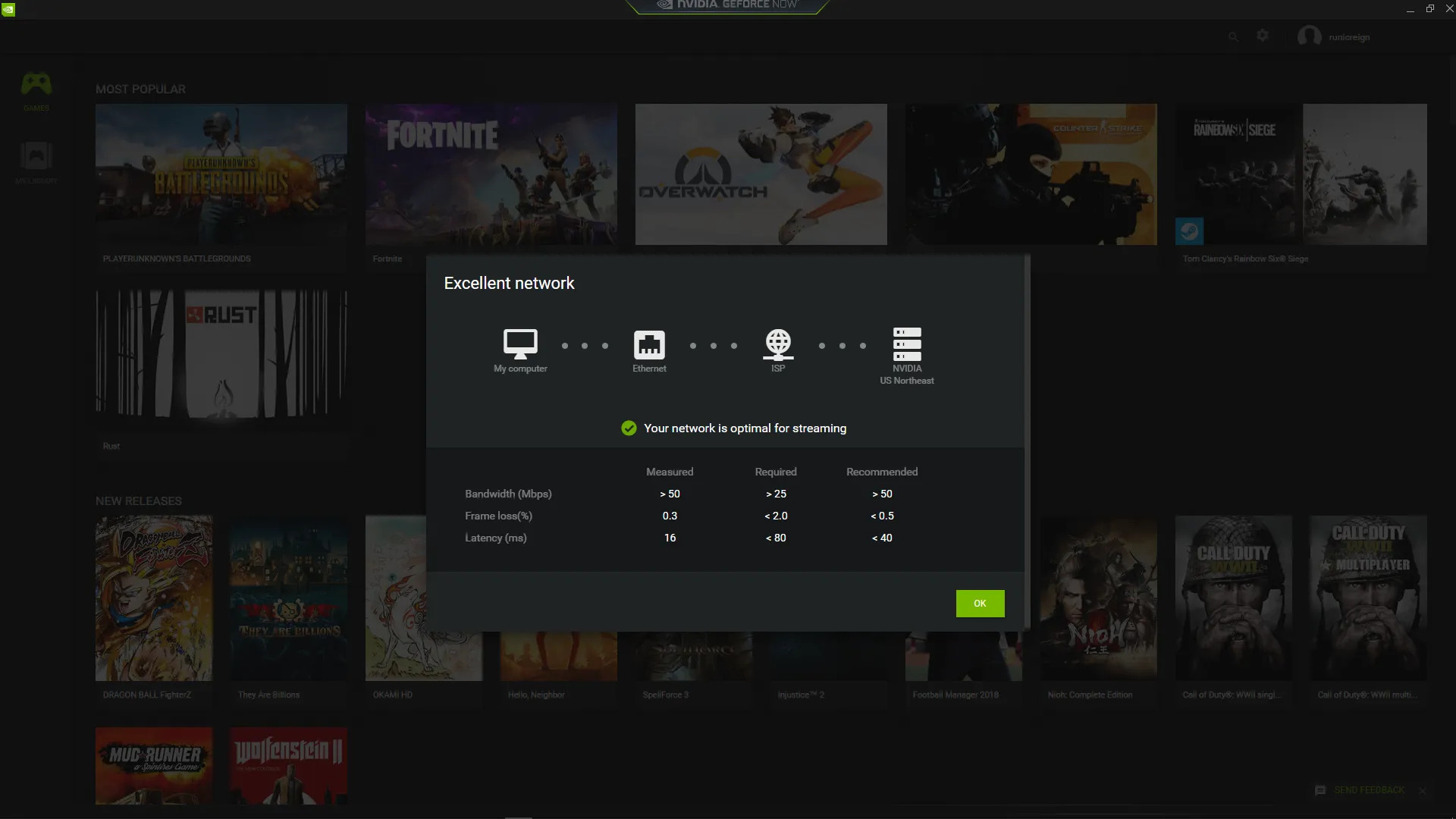
You see, cloud gaming does not just demand fast internet speeds; it also needs low-latency connections in order to allow subscribers to stream games from the comfort of their computers and mobile devices without any connectivity issues. Cloud gaming is not like video and audio streaming services (Netflix and Spotify, to name a few) that can afford latency drops since they can make up for it by buffering content; a drop in internet connection can easily ruin one’s cloud gaming experience–ranging from frame drops to losing a match.
This is the reason why those who are into cloud gaming services would usually connect their computers to a wired (ie. Ethernet) connection. WiFi and other wireless connectivity options are not ideal for seamless cloud gaming services, but technologies like 5G and WiFi 6E aim to improve overall connectivity by giving higher bandwidth and lowering connection latencies.
And it is not the consumer side that faces roadblocks with cloud gaming: service providers also face the problem of scalability. Since cloud gaming depends on the data centers of these service providers like GeForce Now, they can accommodate a certain number of players at a time and can cap out on the number of games they can offer. Cloud gaming services can accommodate the current player base since their servers and data centers can accomodate the demand—but what if more players want to avail of the service? Can these cloud gaming services offer the same quality of service even with the increased demand?
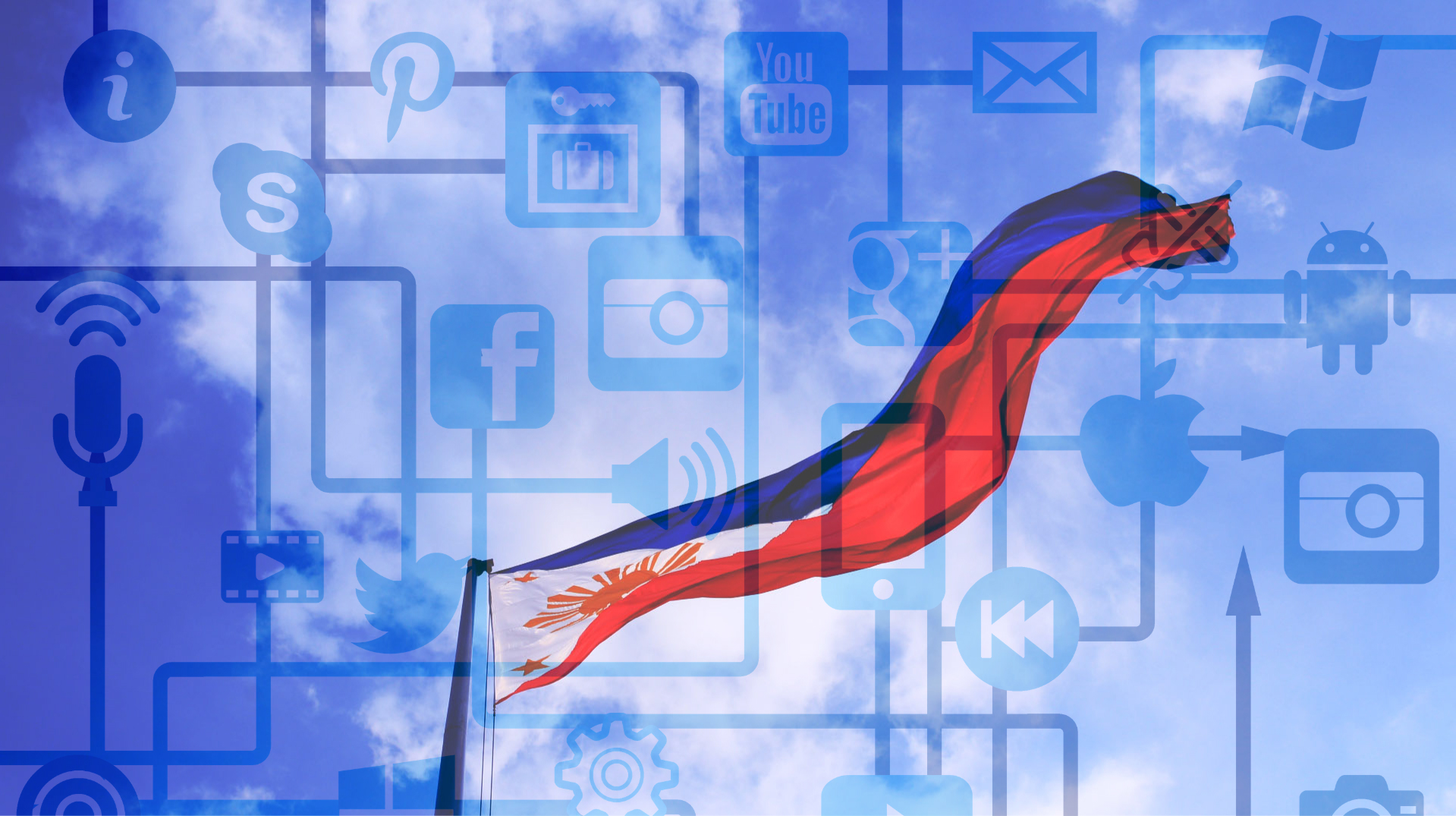
Is the Philippines ready for cloud gaming?
As much as we want to see cloud gaming prosper in the Philippines, the sad reality is that we’re not yet ready for it. According to Speedtest’s report on the country’s internet speeds, the Philippines ranks 82 for mobile and 45 for broadband, with download speeds of 22.35Mbps (at 23ms latency) and 78.33Mbps (at 6ms latency) respectively. That pales in comparison to Norway and Singapore, which are the current top countries for mobile and broadband respectively. Singapore’s broadband performance is at 219.01 for average download speeds at 4ms latency, while Norway’s mobile performance is at 122.77Mbps at 28ms latency.
Considering these are median figures and the internet in the Philippines is expensive for the speeds they offer, we are not guaranteed to get those speeds at all times, which explains why we sometimes get a high ping when playing our usual games. As someone who often plays mobile games like Genshin Impact, my average latency on a good day is around 60-70ms, and that can drop to 250-300ms on a really bad day. Pair that with the average price of cloud gaming, which is around $10-15 a month (or Php 600-900/month), and other factors like having to own the game you want to stream (like in the case of GeForce Now), and we’re not surprised why there are no official cloud gaming services available in the Philippines.
Should gamers clamor to have cloud gaming available at our shores officially (without resorting to VPNs), the Philippines should focus on improving and upgrading its current network infrastructure to improve overall speeds and latencies. The improvement should be more with land-based infrastructures, as satellite internet services like Starlink falter when it comes to latency. It’s a long way to go, but we’re seeing progress with efforts from our telco providers in the past few months.
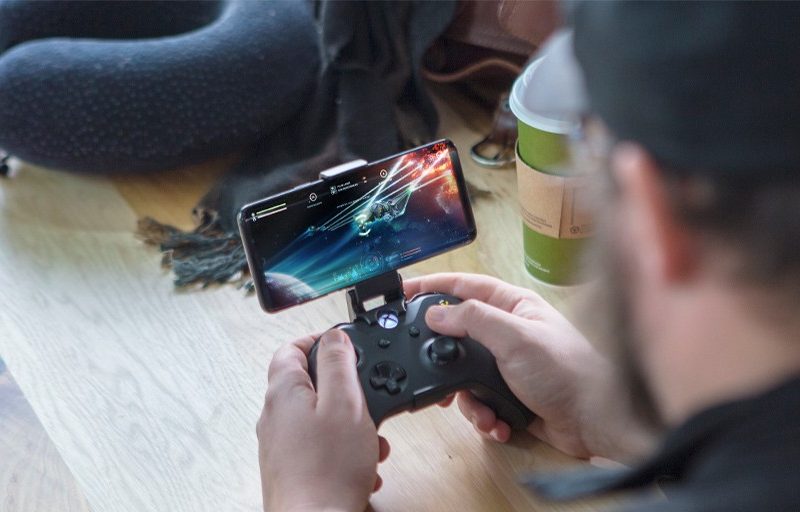
It’s not just the Philippines…
Don’t get us wrong: while we think that the Philippines is not yet ready for cloud gaming, there’s also the other side of the equation that cloud gaming needs to iron out kinks in order for it to be accepted by everyone. Beyond the need for fast internet speeds and low latency connections, other challenges that cloud gaming include the scalability of the service, pricing models, and the games they can offer.
Google’s decision to shut down Stadia may boil down to several reasons, but the primary one is that it failed to attract an adequate player base to keep the service going. Despite that, Google said that they plan to implement Stadia in their other services like YouTube and Play—who knows, Google might launch a Stadia 2.0 near in the future and will be able to address all the current issues with cloud gaming to make it widely acceptable to the public.



